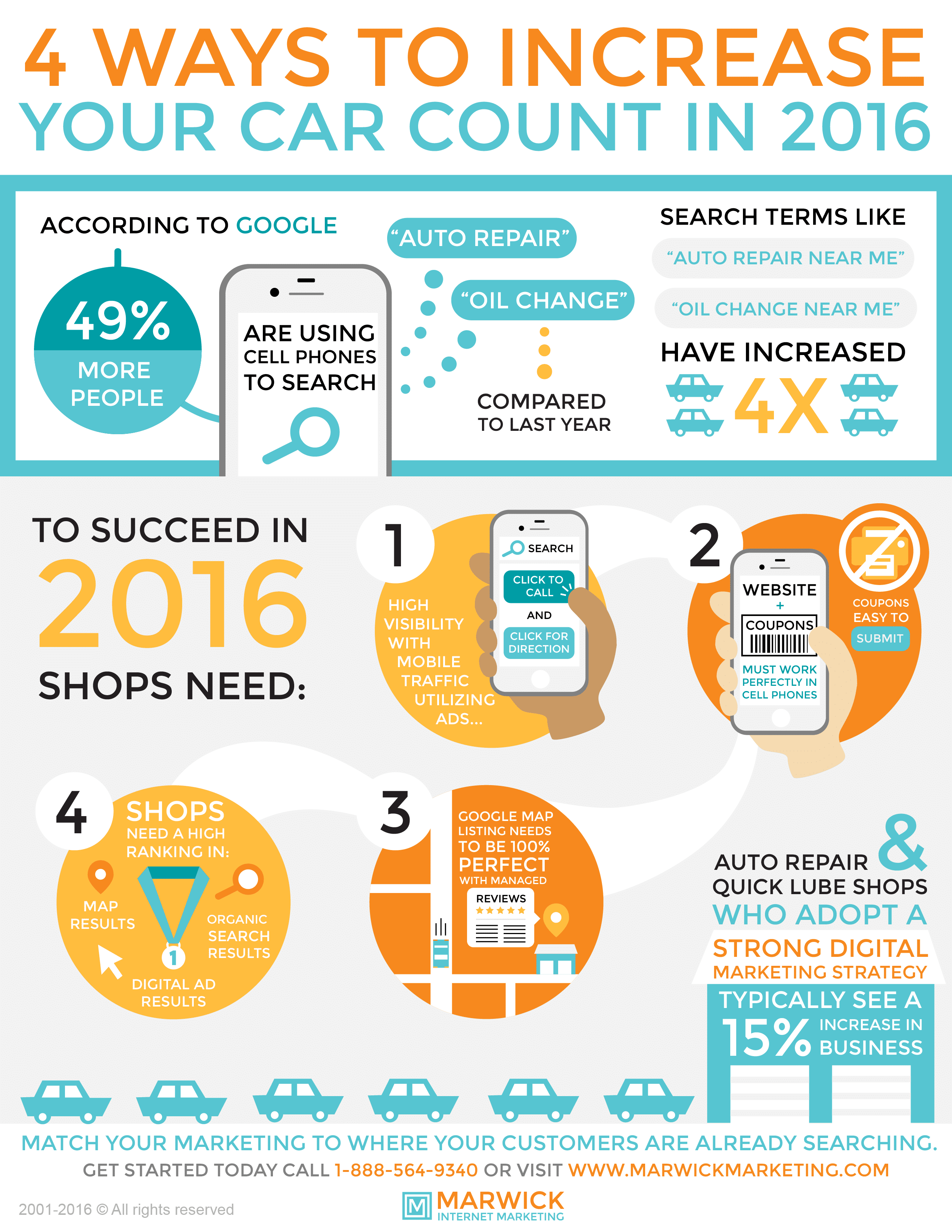Seeking Clarity On The Warning Lights Showed On Your Vehicle'S Dashboard? Figure Out Exactly How They Connect To Your Automobile'S Health And Wellness
Seeking Clarity On The Warning Lights Showed On Your Vehicle'S Dashboard? Figure Out Exactly How They Connect To Your Automobile'S Health And Wellness
Blog Article
Written By-Termansen Alvarado
When you're behind the wheel, those beautiful warning lights on your control panel can be a bit perplexing. Do you know what they're trying to tell you concerning your automobile's health? Comprehending the relevance of these lights is crucial for your safety and security and the longevity of your vehicle. So, the next time among those lights appears, wouldn't you wish to analyze its message accurately and take the essential actions to address it?
Common Warning Lighting and Interpretations
Recognize usual caution lights in your vehicle and understand their significances to make certain secure driving.
The most regular caution lights consist of the check engine light, which signifies issues with the engine or discharges system. If this light comes on, it's vital to have your automobile inspected immediately.
car craft auto detailing cautioning light suggests reduced oil pressure, requiring prompt focus to avoid engine damage.
https://www.abcactionnews.com/news/local-news/aaa-shares-car-care-maintenance-tips-ahead-of-thanksgiving-travel blinking battery light might recommend a defective billing system, possibly leaving you stranded otherwise resolved.
The tire stress surveillance system (TPMS) light alerts you to low tire pressure, impacting vehicle security and fuel performance. Neglecting this might result in unsafe driving problems.
The abdominal muscle light suggests a problem with the anti-lock stopping system, jeopardizing your ability to quit promptly in emergency situations.
Last but not least, the coolant temperature warning light warns of engine overheating, which can lead to severe damage otherwise fixed promptly.
Understanding these typical caution lights will aid you address concerns quickly and preserve risk-free driving problems.
Relevance of Prompt Interest
Comprehending the common caution lights in your cars and truck is only the primary step; the value of promptly addressing these warnings can't be highlighted enough to ensure your safety when driving.
When a warning light illuminates on your control panel, it's your auto's means of communicating a potential issue that needs attention. Ignoring these cautions can cause more serious troubles later on, jeopardizing your safety and potentially costing you more in repairs.
Prompt focus to cautioning lights can stop breakdowns and accidents. For instance, a blinking check engine light can show a misfire that, if left ignored, can trigger damage to the catalytic converter. Resolving this promptly can conserve you from a pricey repair.
Likewise, a brake system alerting light might indicate reduced brake liquid or worn brake pads, vital components for your safety when driving.
DIY Troubleshooting Tips
If you notice a caution light on your control panel, there are a few do it yourself fixing ideas you can try prior to looking for professional help.
The initial step is to consult your car's manual to recognize what the specific caution light suggests. Often the problem can be as simple as a loose gas cap activating the check engine light. Tightening up in car detailing might settle the issue.
browse around here is a low battery, which can set off various alerting lights. Checking the battery connections for deterioration and guaranteeing they're safe could fix the problem.
If a warning light continues, you can attempt resetting it by separating the car's battery for a few mins and then reconnecting it. Additionally, inspecting your vehicle's fluid degrees, such as oil, coolant, and brake fluid, can aid repair warning lights connected to these systems.
Conclusion
Finally, comprehending your car's warning lights is vital for keeping your car running smoothly and safely. By without delay resolving these alerts and recognizing what they suggest, you can prevent costly repair work and prospective failures.
Remember to consult your vehicle's handbook for particular information on each cautioning light and do something about it appropriately to guarantee a trouble-free driving experience.
Remain educated, stay safe when driving!
